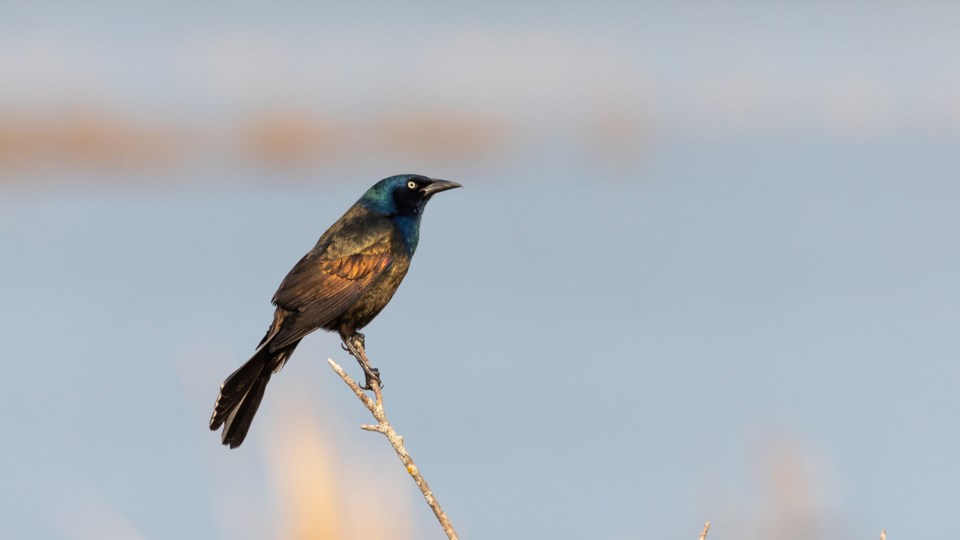The UGDSB bird count is a chance for students to learn about what is happening in their own backyard.
Last year, as school closures were on and off, Heather Walker, UGDSB elementary curriculum lead, and Tracy Hunter, UGDSB experiential learning lead, came up with the idea to have students count birds on the school grounds.
She said this was an excellent way to get students outside again since they had been cooped up inside over the pandemic.
UGDSB is in partnership with the University of Guelph Arboretum for a bird count event from May 16 to 27. Teachers in the UGSDB are welcome to sign up for their class by May 6, open to grades Kindergarten through 12.
Fifty-eight classes have signed-up so far.
The arboretum has supplied biodiversity sheets with 52 species of birds including photos and names.
Classes will also be supplied with a listening tool so students can start listening to what birds sound like to make it easier to spot them for the bird count.
Students are also encouraged to look for indicators of birds like nests, bird feeders and feathers.
When learning about climate change students will often want to know what is happening with polar bears instead of looking at environmental changes in their own city, said Walker.
"So we're hoping by looking at this the kids will also start to connect with environmental issues that are impacting their own community," she said.
Walker said it's important for students to connect what they learn inside the classroom to what they learn outside the classroom and is vital when they start to learn about environmental education.
“It’s just an opportunity to encourage students to get outside and start engaging in that data collection process,” said Hunter. “To start being observers about what pieces of evidence are around them around biodiversity.”
Hunter said she knows the possibilities are endless for what the bird count data can do, they will share it with representatives from Guelph, Wellington County and Dufferin around climate action and ask them what they think the data means.
“When they look at that data they can start to think about some of the themes they relate to, what that means for the ecosystem they live in and our impact as humans on that ecosystem.”
Hunter said they hope to have a follow-up event where nature interpreters from the Arboretum share the data students collected and what it means through a livestream.
To reclaim connectivity lost because of the pandemic, Hunter will share a collaborative slide deck so students can see images of what other classes did during the bird count.
“Part of the work Heather and I do is to work with Pivot Project to work with a sustainable development goal helping students to see the different ways they can create change in their community,” she said.
The UGDSB Pivot Project is a team supporting teachers, both Hunter and Walker are on the team, to integrate sustainability thinking and United Nations sustainable development goals into their curriculum.
This event will allow students to become more aware of the natural world and how people impact it in positive and negative ways. Birds are a good example to use, Hunter said.
